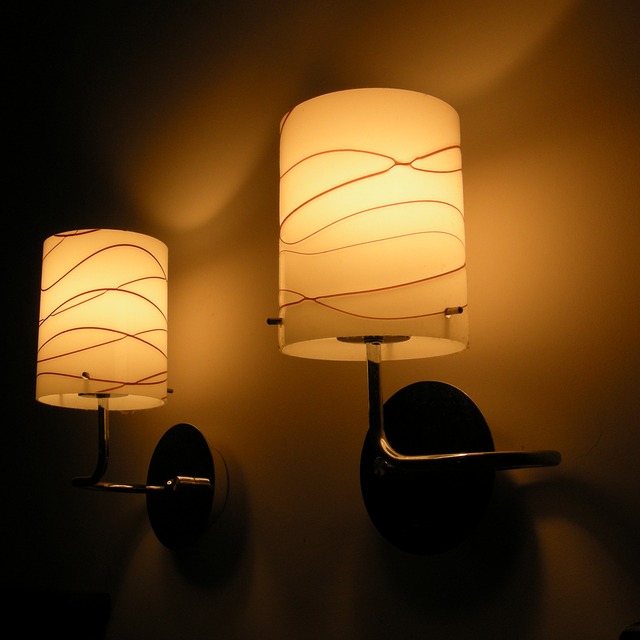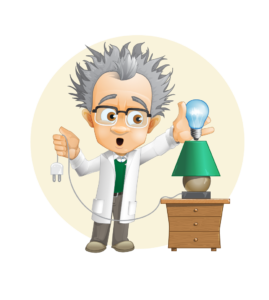Some things are so iconic, it seems they will never die: classic cars, 1950s diners, three-piece suits and even the warm glow of incandescent lights. Indeed, it is a frequent complaint of the general public that all other forms of light, save for candles, are too harsh, too white, or too blue.
Even I, Dr. Bulb, enjoy the warm glow of a charged filament. Edison went through a variety of filament materials, gas fillings and bulb shapes before finding the design we all recognize today. Much like bell bottoms, those vintage lamps have experienced a come back and become quite a common feature in many designer layouts. You’ll find them in trendy hot spots like wedding boutiques, coffee shops, clothings stores and anyone who gets ideas from Pinterest. It’s hard to resist that golden glow, reminiscent of the flickering reassurance of a candle flame.
However, for some time, lighting engineers have struggled to steer us away from incandescent lights. They may look pretty, but generating a little bit of light for an enormous amount of energy is impractical. For 450 lumen light output, an LED will use 4-5 watts of energy compared to 40 watts for an incandescent lamp. LEDs last longer too, up to 50,000 hours compared to a meager 1,200 hrs for an incandescent.
Still, vintage lamps remain a crutch for many interior designers, architects and product designers. A building, such as a cafe, may propose to be “green energy” and perhaps uses only 950w for it’s general lighting, but will add the extra energy with inefficient decorative incandescent lighting. It’s not entirely their fault—the demand for that old world glow is high.
Lighting engineers have been listening, and as LEDs continue to improve at a record pace, adjusting the color rendering index (CRI) is a main concern. Newer LED technologies feature such advances as coated textiles that adjust the color of the lamp as temperature shifts. The company Arborlight was recently given the Sapphire Award in recognition for their LED technology which uses LED panels to simulate natural daylight.
Admittedly, there may not be many affordable LED options for purely decorative lighting, yet. There are, however, many ways to incorporate the energy savings of LEDs into building projects without being subjected to an unwanted blue ambiance. Certainly the idea of having lights that emulate the color, quality and intensity of the light outside sounds wonderfully appealing.
In the future it may be that incandescents become locked into a niche market where decoration is their only feasible purpose. For now, I for one believe we should be challenging designers and interior decorators to find a new way, using new energy efficient technologies, to add that warm “something special” to any space.



